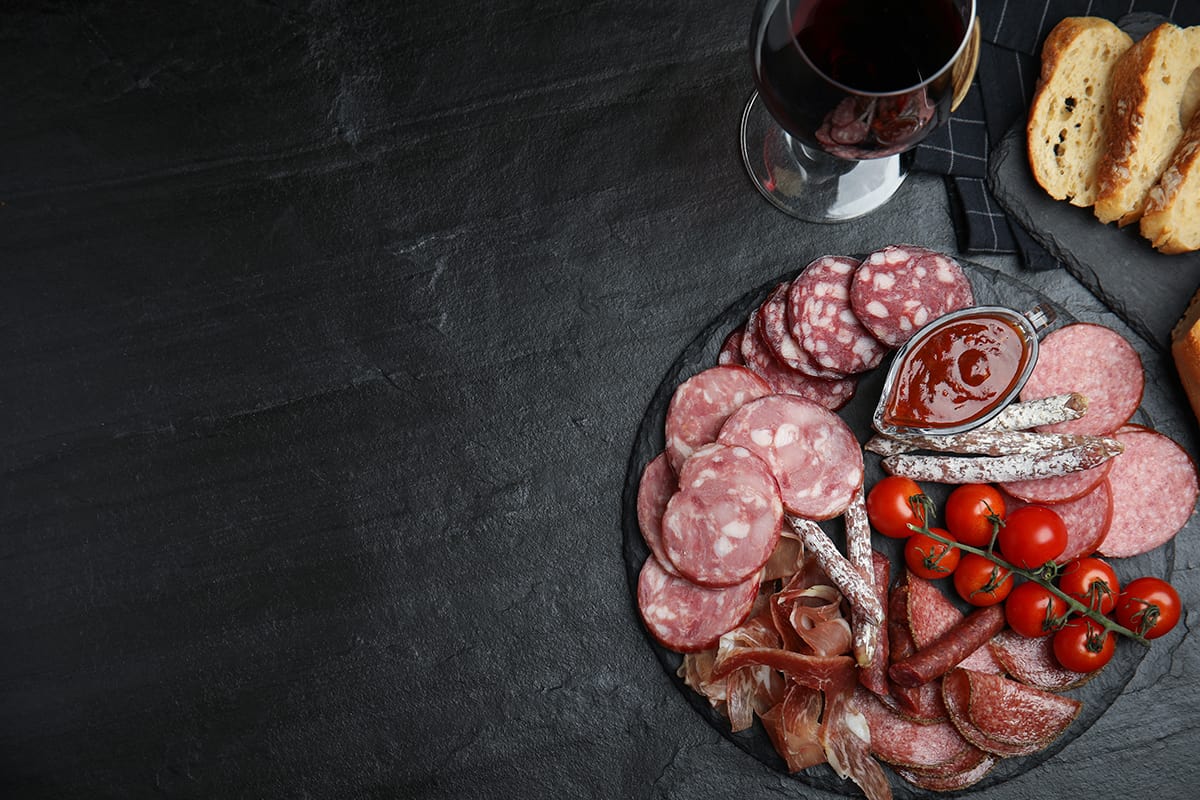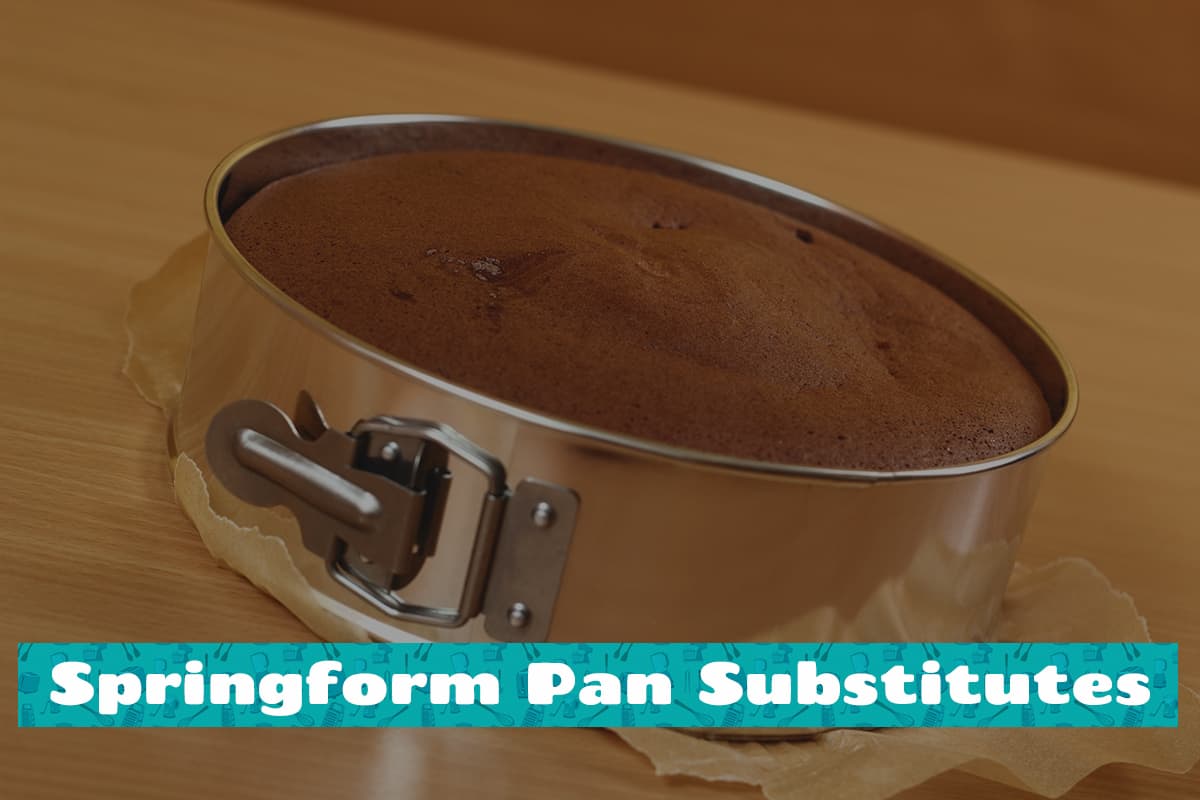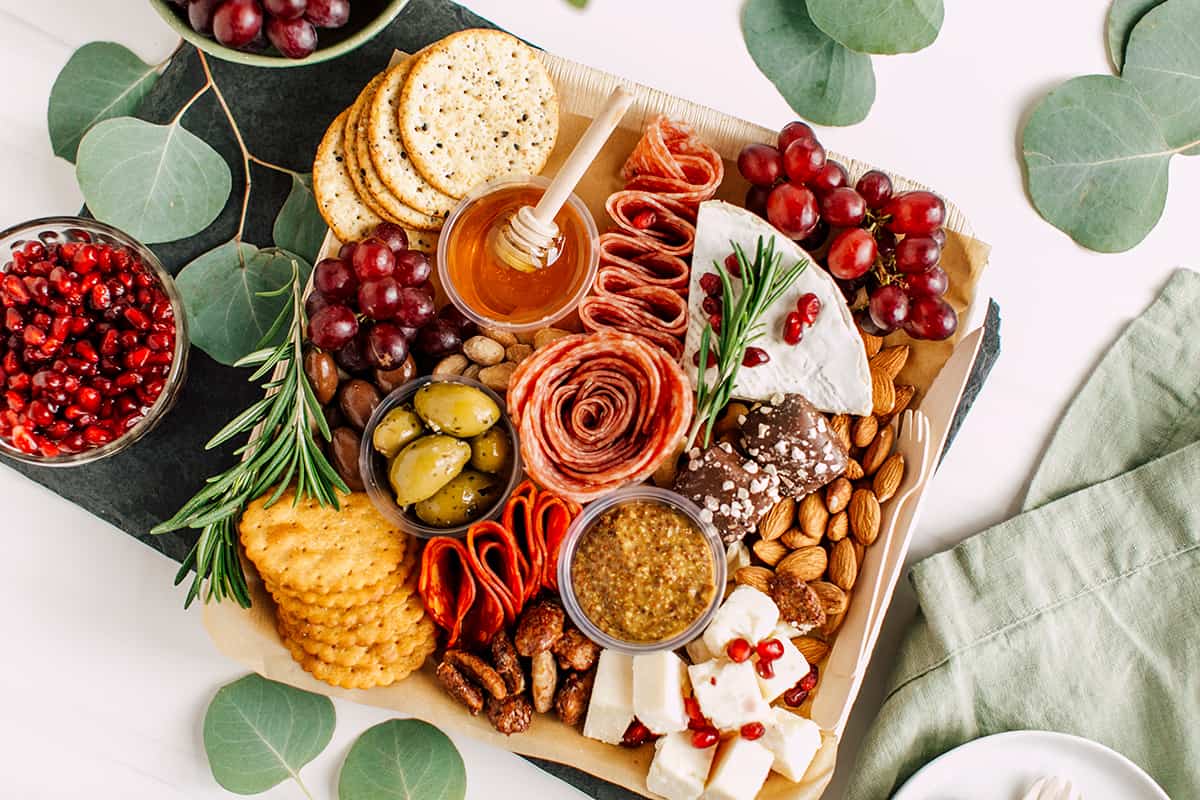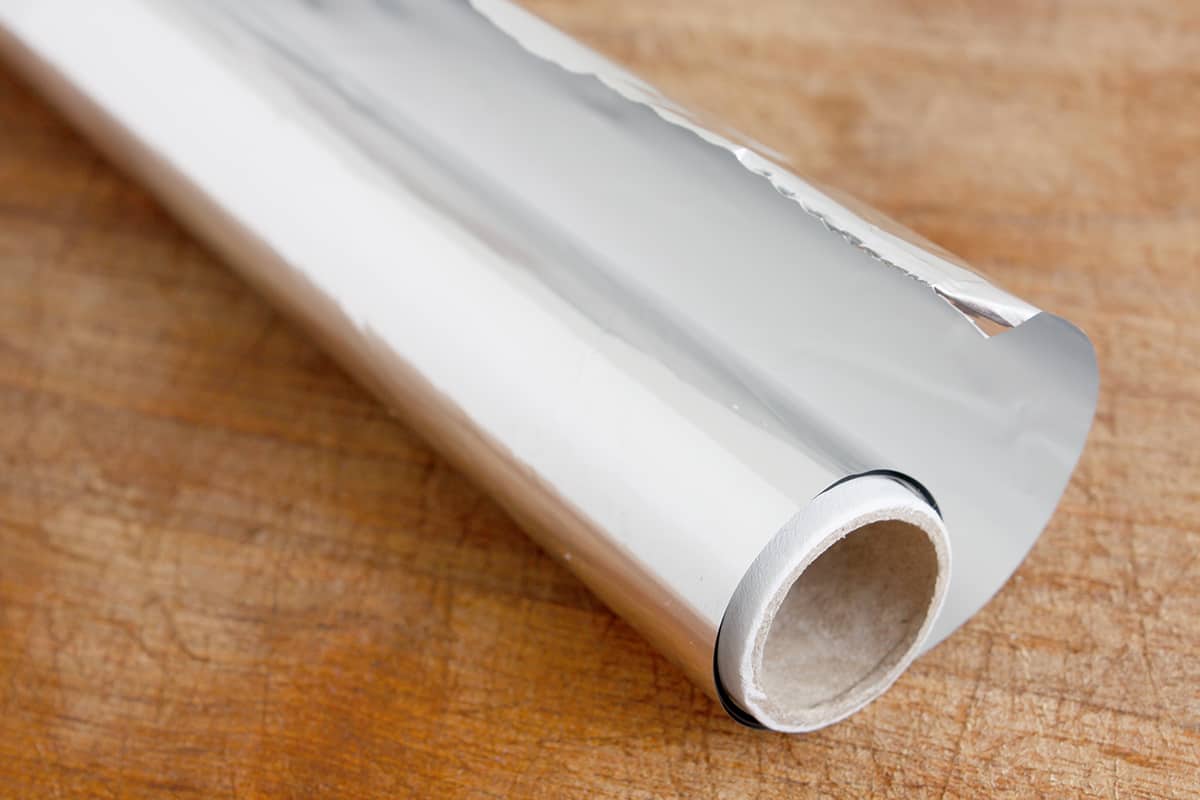If you like to entertain friends and family in your home by holding dinner parties or having casual lunches, then a charcuterie board should be among your essential kitchen items.
These boards are typically wood, and they are great for serving food and for creating a stylish and fun atmosphere. These boards encourage social eating where everyone eats from the same board, and they allow people to choose exactly what they have on their own plate rather than having a standard menu where everyone is given the same thing.
What is a Charcuterie Board?
A charcuterie board is typically a wooden board that is used as a platter to serve an array of meats. It is a term that originates from France and can be literally translated to mean ‘pork butcher.’
Traditionally, a charcuterie board is what would be used to display bacon, sausages, and cold cuts of pork, but the term has evolved, and a charcuterie board is now broadly used as a means of serving a variety of different foods, including cheese, olives, and bread.
Sizes of Charcuterie Board
There is a wide range of sizes available for charcuterie boards to accommodate the varying needs of chefs and home cooks. The ideal size of a charcuterie board will be big enough to hold an appropriate amount of food for the diners.
In a restaurant, tables of 2, 4, 6, and 8 are common, so charcuterie boards which will hold enough food to feed this amount of people are likely to feature in the kitchen. You will also need to consider if the charcuterie board is serving food for a starter or for a main meal, as this will increase or decrease the amount of food you need to fit on the board.
Starter Course

On a traditional charcuterie board that is being used to serve starters, you will want to allow for 2oz of meat per person. This could be in the form of cold-cut meats, sausages, or even pate. Other foods you could include on the plate are breads, cheeses, vegetables, or salad. If you want to get an idea of what 2oz of meat would look like, this would equate to around 8 slices of salami.
The way that you display the meat and the other edibles on the charcuterie board will impact the size of the board you need. The meat could be stacked to save space on the board if you want to feed lots of people via a small charcuterie board, or for a more aesthetically pleasing board, you can roll the meat or layer it across a spread.
A charcuterie board that is serving starters for two people will need to measure around 5 inches by 8 inches. This could also be used to serve starters for four people if you pack the food in more tightly, though a more appropriate size for four diners would be 6 inches by 10 inches.
For a starter charcuterie board that serves more than upwards of six people, the board should measure 10 inches by 16 inches.
Main Course

When the charcuterie board is serving food that is to be consumed as the main event at a dinner party, it should feature 4oz of meat per person. This will be the equivalent of 16 slices of salami for each diner. You could use a charcuterie board measuring 6 inches by 10 inches to serve a main course for two people.
For an event where there are several guests, you should aim for a larger charcuterie board. A size of 12 inches by 18 inches would work well for serving a main course for six or more people.
If you are feeding over ten people, then you will probably need to use several charcuterie boards. The best way to organize this is to choose a type of food for each board, for example, a meat board, a cheese board, and a breadboard.
Include a selection of different types of that food on each board so that everyone will be sure to find something they like, and they won’t get bored of repeatedly eating the same thing.
A varied spread will also make your charcuterie board look more professional and appealing. Even if you only have a few guests, such as four or six people, you can still use this method for serving food on charcuterie boards, simply by using a few smaller boards and separating the types of food accordingly.
How to Prepare a Charcuterie Board
Charcuterie boards are traditionally used to display meat and cheese, but they can be used for all sorts of foods nowadays. For a traditional charcuterie board, visually divide the board into three sections, and fill one of the sections with meat and one with cheese.
The meats and cheeses should be the star of the show. The remaining third of the board can be used for bread, olives, or oils. For a modern-styled charcuterie board, there are no limits to what you can serve on your board. If you are serving vegetarians, tempura vegetables with sweet chili dip is a nice choice, along with tofu, olives, nuts, and breads.
You could also consider serving a themed charcuterie board, such as an Italian theme with meats and cheeses from that country or a French theme. Chutneys and jams are also a nice addition to a charcuterie board to provide other flavors and textures. When laying out a charcuterie board, you should think about your preparation, as this is important to create a board that looks inviting and appealing to guests.
The board should not be so overloaded that food is heaped and spilling off the edges, but it should also not be empty enough that too much of the board itself can be seen.
Try to strike a happy medium where the charcuterie board looks generously prepared. The charcuterie board itself can reflect your own personal style, or it can be matched with the interior decor in your home.






